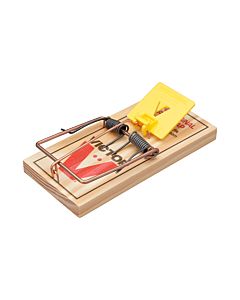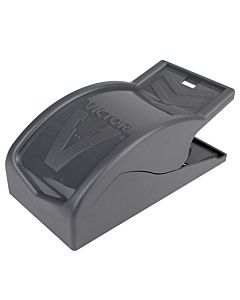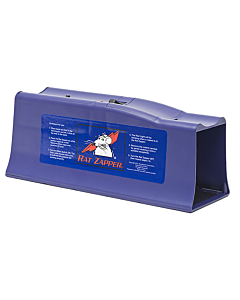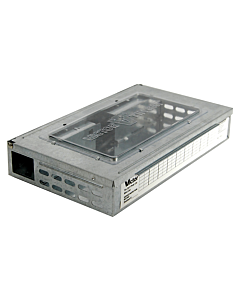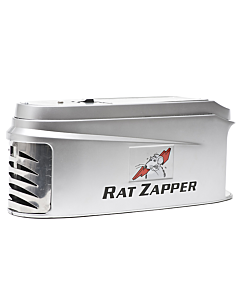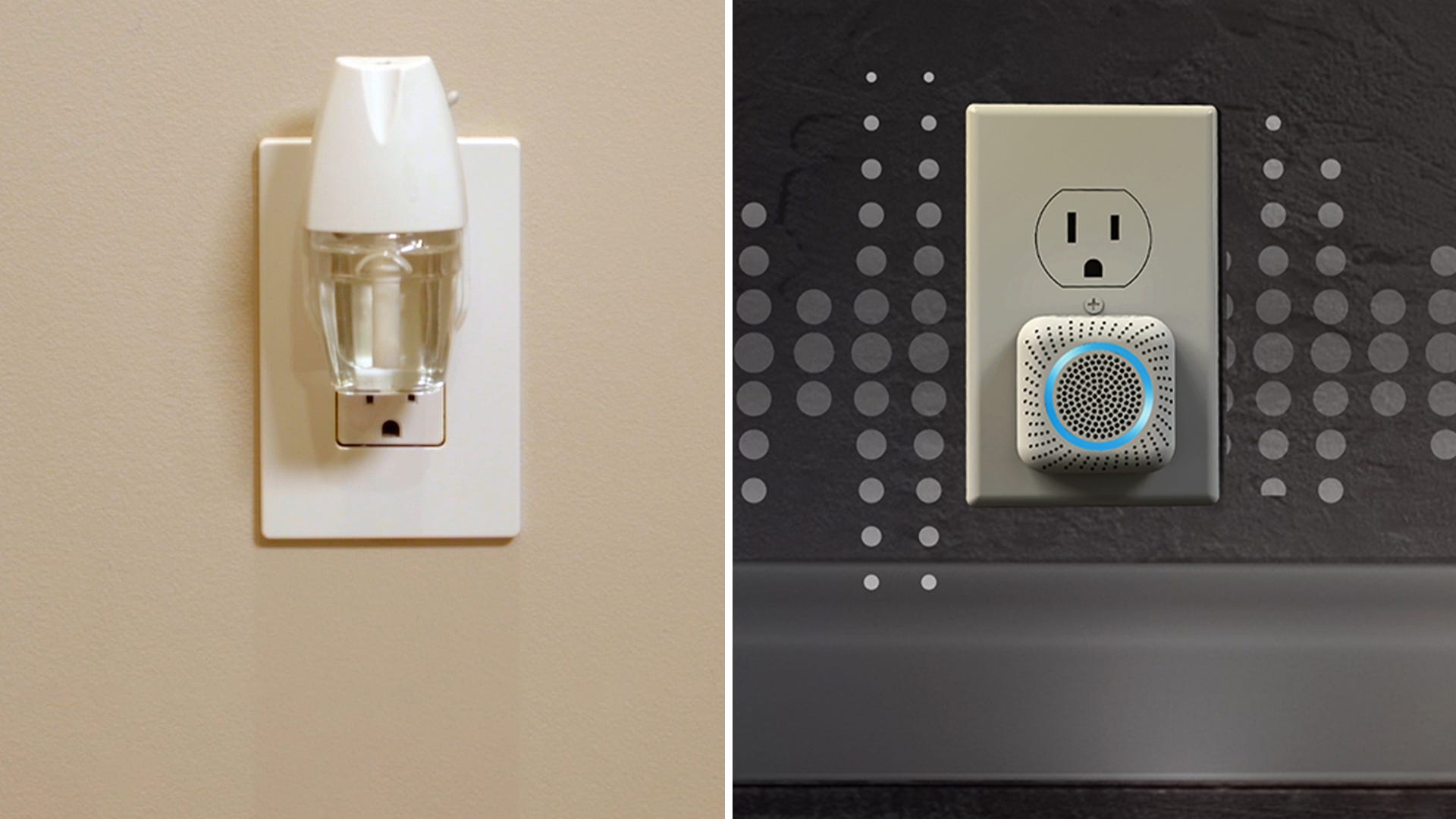
Renovations are enormous undertakings, which makes it crucial to consider all of the factors involved before you invest the time, money and labor required for such a project. As everyone knows, renovations are costly and intensive. However, the most important thing to consider about any possible renovation project is the disarray it will bring to your living space. Depending on the scale and location of your changes, the renovation process could also render your house vulnerable to uninvited guests — namely rodents.
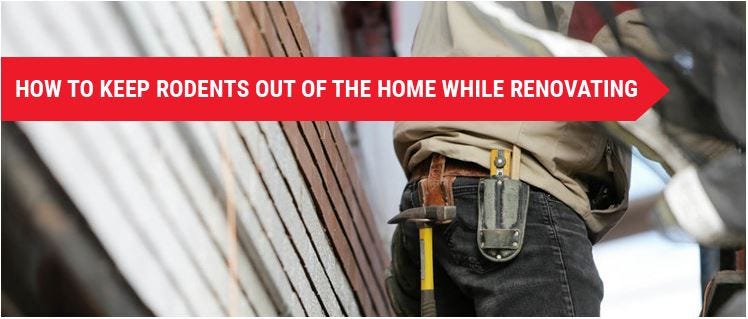
Why a Home Remodel or Renovation Could Attract Rodents
Rodents flock to human dwellings where they seek food, water, and shelter. In the eyes of these rodents, humans have vast resources at their disposal, and rats and mice simply exploit our carelessness.
Consequently, rodents have been the bane of human civilization in all of its forms — cities, suburbs, towns, villages and rural areas — for centuries. Once a population of rodents has established itself in a certain area, the next step is to move in on human habitations. They search the perimeter of every building, looking for a way inside to find the things they need. Wherever there’s a gap, crack or hole in a building, you can bet there’s a mouse, rat or other critter exploring it. These openings don't even have to be big, either. Rats can slip through holes the size of nickels, while mice can squeeze through dime-wide holes and slots.
Given all the trouble homeowners go through trying to keep these critters out of seemingly secure homes, imagine how much worse the problem is during a renovation project! After all, rats or mice don't even need cracks, chimneys, or air vents to make their entrances if large sections of a house are open and exposed.

How Rodents Get Into Your Home & How to Keep Them Out
Rodents can enter a home through just about any opening, and renovation projects leave it particularly vulnerable. Some of the most common entryways include:
- Air ducts on roofs allow rats and mice to enter a home's ventilation system
- Loose eaves give rodents entry into attics and wall cavities
- Chimneys can lead rodents into living rooms and furnace spaces
- Loose window panes provide points of entry into any room
- Passive vents that air out basements and crawl spaces give them access to areas that are hard to reach for most people
While all those access points are accentuated by a renovation project, homeowners sometimes help rats and mice out even more – they leave wood stacks, debris piles, landscaping supplies and yard waste close to the structure near those entry points. These haphazard piles are perfect for rodents to hide in while they wait to get inside.
The first step to preventing rodents is to make sure openings are sealed with caulk or wrapped in mesh wire. In addition to sealing off holes, slits, and other unintended entryways into your home, it's also important to make the outsides of your house less rodent-friendly, especially if you plan to take out sections of your roof or one of your walls for renovation purposes. Outside rodent attractions include the following:
- Foliage: Rats often find refuge from the weather, predators and people underneath leaf piles so don't allow fallen foliage to accumulate around your property. Rake leaves, bag them and store in secure metal trash cans for routine collection.
- Wood: Piles of sticks and stacks of firewood also provide makeshift shelters for rodents, which then make their way into nearby buildings after nightfall. Therefore, all such piles should be stored at least three feet off the ground and 12 feet away from your house.
- Trees: Rodents have no problem climbing trees, especially those with yummy fruits. When a tree or its branches come too close to a house, rats and mice use them as a ladder to the structure. Therefore, it's best to keep a 12- to 18-foot distance between your house and any trees on the property. Branches should be trimmed to stay six feet from the roof or structure.
- Garbage: Raw garbage is a smorgasbord of goodies in the minds of most rodents. If you're throwing out half-consumed food and unrinsed, empty juice bottles and fruit cans, rats and mice will be drawn by the smell. When left to linger, poorly stored garbage can serve as an invitation for neighborhood rodents. From there, they will be more likely to work their way into your walls, attic and crawl space. For those reasons and more, garbage should always be stored in tight plastic bags and enclosed in secure trash cans for routine collection. Furthermore, in order to avoid rodent problems in garages, never store trash cans there.
By limiting the attractions in and around your home, the renovation process can go smoothly without rodents trying to move in.

How to Keep Rodents Out During a Home Remodel
If rodent activity is discovered in advance of your renovation plans, you'll want to have things under control before you commence. In addition to making your property less inviting to rodents, set up traps around your house. There are various kinds of traps that you can place outdoors that will do the trick, such as Victor® Metal Pedal Mouse Traps and Victor® Easy Set® Rat Traps, which are easy to bait and place around the exterior or interior of your house, as well as near any fences. If your traps fill up quickly at first, but then the bait remains unclaimed at location after location, you've likely eradicated the problem and can proceed with a rodent-free renovation.
Making your yard less rodent-friendly is only part of the battle. You also need a backup plan in case rats or mice are still intent on setting up camp within the hidden spaces inside your house.
One of the most effective rodent control methods is to take an integrated approach. Implement ultrasonic repellents, which use oscillating sounds that only rodents can hear. These devices emit high-frequency sounds that chase rodents away. PestChaser® repellents can be easily plugged in and set up in your attic and another in your basement for best results.
Pair these effective repellents with a Smart-Kill™ Electronic Mouse or Rat Trap to catch any rodents that make it past your other barriers. These innovative traps use a high-voltage shock to quickly and humanely eliminate rodents. Plus, they’re Wi-Fi enabled, so you can keep tabs on your trap even when you’re not around. Smart-Kill™ will send a notification to your mobile device to let you know it’s time to empty your trap.
Keeping Rodents Away From Your Home
At Victor®, we want to help you keep rodents out of you home no matter the circumstances. From building the house, doing renovations, or simply enjoying time at home, we have the solutions your pest-free home needs. Connect with us on our Facebook Page to let us know how we helped you keep your renovation clear of rodents. Plus, sign up for our E-Newsletter to get exclusive deals, the latest product information, and tips to keep your space free from pests!

